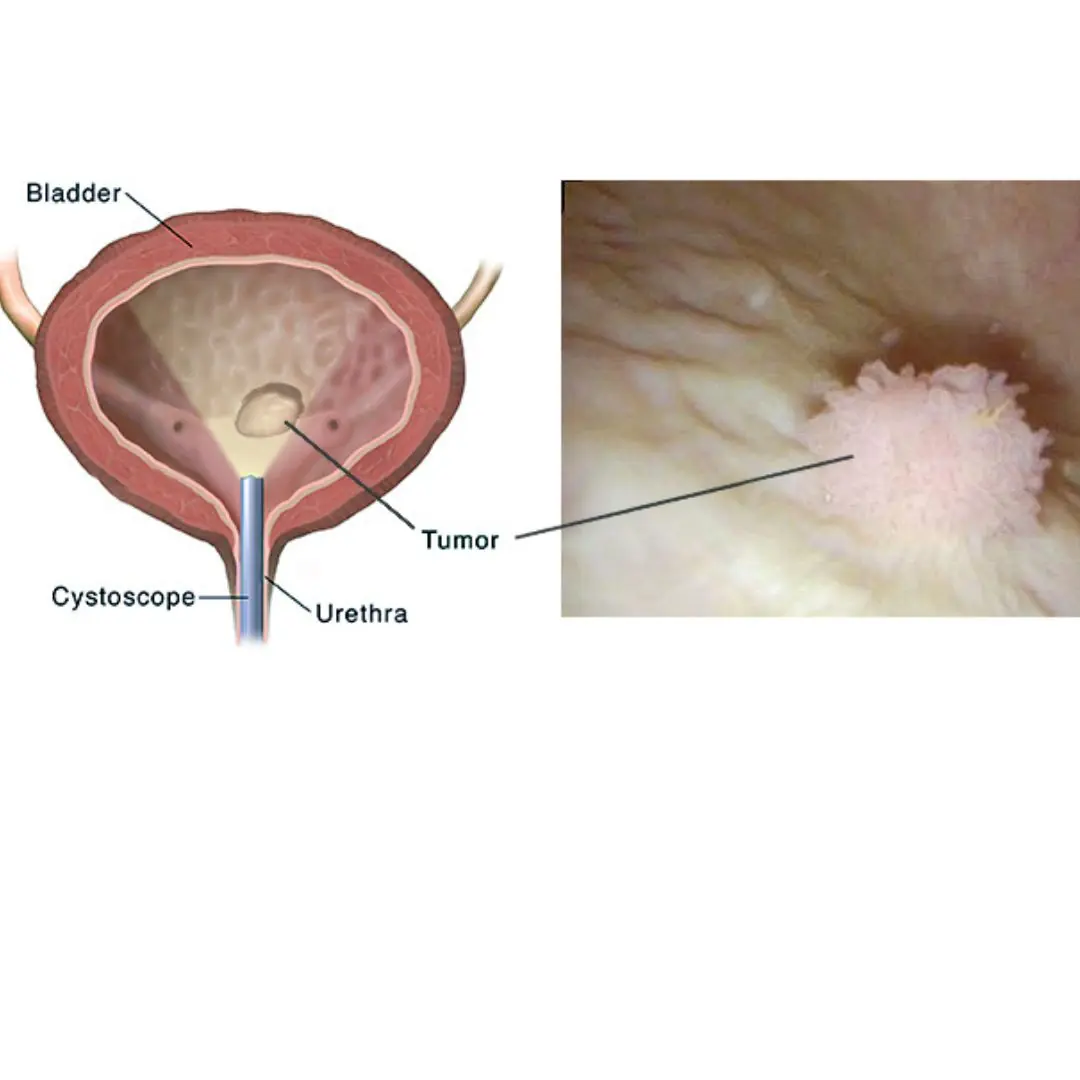
Lung can:cer inhibitor found in the plant Belamcanda chinensis
Inhibitory Compounds Against Lung Cancer Found in Belamcanda chinensis
Recent scientific studies have discovered that Belamcanda chinensis (commonly known as xạ can) contains compounds capable of inhibiting the growth of non-small cell lung cancer (NSCLC).
Anticancer Effects of Belamcanda chinensis
A study published in the journal Heliyon in August 2024 showed that extracts from Belamcanda chinensis can inhibit the proliferation of NSCLC cells by interfering with key signaling pathways such as MAPK (Ras/Raf) and Akt. Specifically, the extract significantly reduced the expression of proteins Ras, Raf, Erk1/2, p-Erk1/2, Akt, and p-Akt, while promoting apoptosis (programmed cell death) and inhibiting cancer cell division.
In animal experiments using nude mice, the extract also suppressed tumor growth and the expression of proteins related to Ras and Akt. These results suggest potential clinical applications of Belamcanda chinensis in treating lung cancer, especially for patients with Ras or Raf gene mutations.
Key Active Compounds
Belamcanda chinensis contains various bioactive compounds, notably flavonoids such as tectorigenin and irigenin. These compounds have been shown to inhibit cancer cell growth by causing cell cycle arrest at the G1 phase and inducing expression of proteins like p21 (WAF1) and p27^kip1.
Caution and Usage
Although preliminary research shows promising anticancer potential of Belamcanda chinensis, its use should be supervised by medical professionals. Currently, there is insufficient clinical evidence to confirm its efficacy and safety for lung cancer treatment in humans. Therefore, it should not be used as a primary treatment without guidance from healthcare specialists.
For more information on how Belamcanda chinensis can support lung cancer treatment or combined therapeutic approaches, please consult medical experts or oncologists.
News in the same category


7 signs of brain c.a.ncer that are easily confused with other diseases

4 Things to Avoid After 5 PM to Lower Your Risk of Stro.ke

Bladder Ca.ncer: Symptoms You Shouldn’t Ignore

The Surprising Benefits of Donating Bl.o.od

5 types of vegetables and fruits help cool the liver and effectively lower liver enzymes

Woman Sudden Kidney Failure After Meal: Doctor Says “This Vegetable Is Poisonous… You Shouldn’t Eat It”

3 Critical Mistakes You Must Never Make with a Stro.ke Victim — Regret Won’t Undo the Damage

Shocking Truth: Black Garlic Isn’t for Everyone — 5 Types of People Who Should Avoid or Limit It Immediately

5 Early Warning Signs Your Body May Be Signaling Can.cer — See a Doctor Before It’s Too Late

Who should not drink soy milk? 6 things to remember

Understanding Vestibular Disorders: Causes, Symptoms, and How They're Treated

Symptoms of end stage kidney can,cer

4 best vegetables to help prevent canc.er

This fruit is extremely high in starch but helps reduce blood sugar and prevent 5 types of can.cer

These 3 “Frugal” Habits Are Actually Selling Out Your Health

Types of cooking oils that are good for the heart

When Your Li.ver Is “Drenched” in Fat, Your Body Sends 5 Nighttime Warnings

Man Diagnosed with Kid.ney Failure from 3 "Tasty" Foods
News Post

The Most Nutritious Part of the Chicken—“Pricier than Gold” Yet Often Thrown Away by Home Cooks

Doctor Urges 4 Actions to Protect Your Body’s "Blo.od Filter"

6 Smart Tips for Choosing Quality Honey Sellers Don’t Want You to Know

Can overly hot baths harm your heart and circulation?

7 signs of brain c.a.ncer that are easily confused with other diseases

4 Things to Avoid After 5 PM to Lower Your Risk of Stro.ke

Doctors Warn: This Common Way of Eating Boiled Eggs Can Clog Your Arteries

Blanch Bones First or Simmer Directly?

2 Common Vegetables That Can Harbor Parasites

The 'Vitamin C King' of the Vegetable World

Avoid Swimming If You Spot 'Square Waves'

3 Green Vegetables Called the “King” of Sto.mach Protection

Why You Should Not Bring Seeds on a Plane: A Detailed Explanation

Bladder Ca.ncer: Symptoms You Shouldn’t Ignore

4 Healing Drinks to Prevent and Dissolve Kidney Stones

10 Powerful Reasons a Simple Smile Can Change Your Life

The Surprising Benefits of Donating Bl.o.od

5 types of vegetables and fruits help cool the liver and effectively lower liver enzymes

Top vegetable to help reduce visceral fat extremely effectively, nutritionist reveals 4 more easy ways to lose weight
